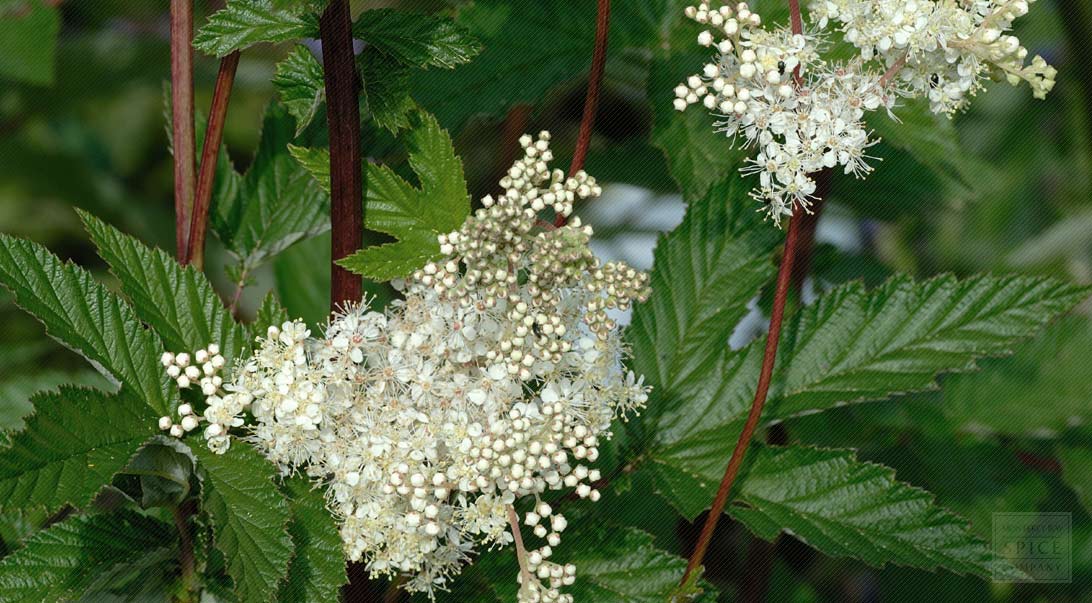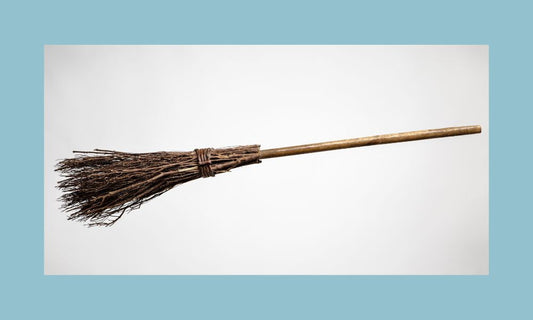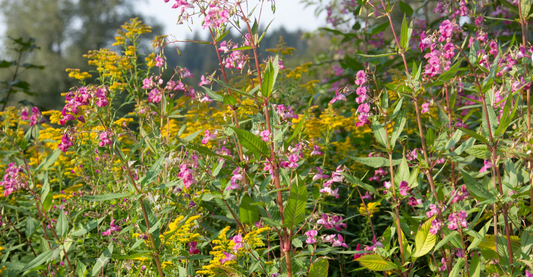
Meadowsweet (Filipendula ulmaria): Identification, Uses & Benefits
I'm writing this in June in Yorkshire and the local canal is already lined with tall, off-white frothy flower heads, standing about three or four feet off the ground. Meadowsweet.
How Does Meadowsweet Smell?
The smell of candy from hasn't yet started to permeate the air along the footpath, usually; around here at least, this is when the July sun is on the fully open blossoms. In June though, if I get close and sniff, I can still smell them (nose to flower).
Where do you find Meadowsweet?
Meadowsweet has an interesting history which we will get onto soon, but firstly I would like to talk about her location preference. She LOVES canal and river banks or next to roadside ditches that may sometimes fill with water. Her favourite companions are Himalayan Balsam and Willowherb and she can often be seen standing tall ,side by side competing for height with her lofty, pink neighbours.
What Do the Leaves of Meadowsweet Look Like?
The leaves of meadowsweet can help you identify her before she flowers. They are compound leaves, heavily lined, with a kind of maple leaf shape at the top, then pairs of leaves running down the leaf stem. The colour isn't a vivid, bright green. More a dull, darker green but lift the leaves up and that is where they shine. Underneath the meadowsweet leaves it's a rough silvery tone.
Name and Uses - Her Common Name and Her Latin and Old Names...
Meadowsweet, Filipendula Ulmaria, Spiraea Ulmaria...
The latin name of Filipendula Ulmaria comes from 'filament - long thin parts' and Ulmaria means 'Elm Like' as some folk see her leaves as looking; well, like Elm tree leaves.
This name above follows an older name of Spiraea Ulmaria. This is relevant as it is the name that gave Bayer (of Bayer Medicines) the idea to call Aspirin 'Aspirin' in the 1800's. The chemical constituents of Meadowsweet are interesting; notably Salicylates... which upon ingestion are rendered salicylic acid - the active ingredient in the pain relief tablet. In addition to salicylates this plant contains tannins, known as astringent and anti microbial and vanillin in the the oils - giving their heavenly scent.
Can Meadowsweet Help with Pain Relief?
Meadowsweets pain relieving properties were known before science recognised these chemicals... in fact the Druids revered Meadowsweet, along with Willow - they assumed the ability to reduce pain was due, of course, to magic, and not science.
I have used Meadowsweet in numerous ways; I would always keep a jar of dried leaves and flowers in the kitchen, to make a tea for myself or my three children (I'm not sure why folk say don't give it to children), I think a lot of the fear is folk assume plants have the same effect as the medications they are replacing. Anyway, it works, and my kids are not only alive but strong, healthy humans out there doing stuff. So, do tell me the science if you know it, as my anecdotal experience suggests it's perfectly safe for children. We didn't use it loads as they were not that poorly, but when we did, it worked.
Honey was sometimes infused with meadowsweet in our household and I would later strain it, then just use the meadowsweet honey in hot water.
For the foodies among you, the flowers and leaves can be used to give (the strangest, Germolene like taste) to alcoholic drinks (in the past it was used to 'sweeten the mead', now I suggest it with Pimms!). Also it seems to work well with rhubarb dishes - if you add a bit of either leaf, flower or both as you stew the fruit it helps cut through the tartness.
Go Find Some Meadowsweet Magic Near You!
If it is June or July now, near you, visit your local waterway and look for the tall cream frothy blossoms, with leaves as mentioned above. Smell them, check they smell of candy.
If you do go foraging for Meadowsweet, let me know what you think of the taste, and if you also get 'Germolene'?!







